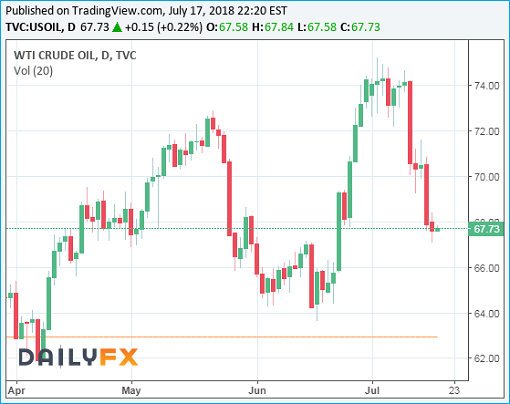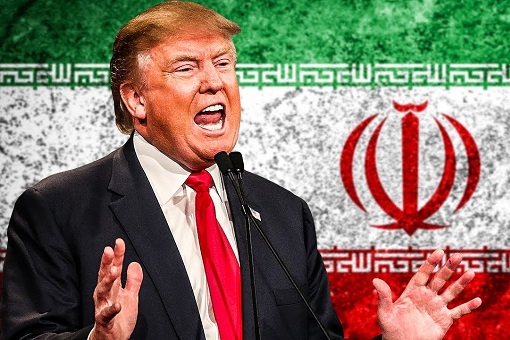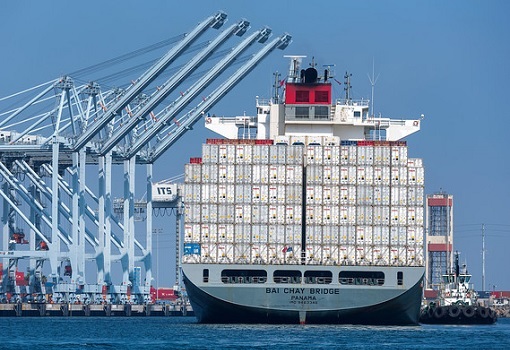There were two big declines in crude prices – last week and on Monday – despite analysts forecast of a decline of 3.622 million barrels in U.S. inventories for the week through July 13. Turns out, a surprise crude oil oversupply of 629,000 barrels in U.S. crude stockpiles occurred, as reported by the American Petroleum Institute (API).
Gasoline stocks, meanwhile, rose by 425,000 barrels, compared with expectations in a Reuters poll for a 44,000-barrel decline. On the other hand, distillate fuels stockpiles, which include diesel and heating oil, rose by 1.7 million barrels, compared with expectations for an 873,000-barrel gain. The API data also showed refinery crude runs fell by 279,000 barrels per day.
Everything was upside-down. On Monday alone, the crude lost 5% and the sudden reversal in oil prices have wiped out close to 10% in less than a week. The WTI American Oil closed at US$74.11 a barrel on July 10. Now, it’s only trading at US$67.73. What happened to the U.S.-Iran conflict in the Middle East? Didn’t Iran threaten to shutdown the Strait of Hormuz?

President Trump appears to have a bigger fish to fry, before he could play poker with the Iranian. Analysts have blamed Monday’s sell-off on rumours suggesting Saudi Arabia and the United States are racing to prevent an oil shortage caused by Trump’s sanctions on Iran. The Wall Street Journal reported on late Friday that the U.S. president is considering a rare strategy.
The strategy was to work together with other Western countries to simultaneously release oil stockpiled for emergencies. This was the so-called “Plan-B”, in case Trump’s pressure to get OPEC to pump more fail to cool off prices fails. The U.S. president is under pressure to tame the current high oil prices before the midterm elections in November.
Two weeks ago, President Trump desperately announced that Saudi Arabia’s King Salman had agreed to his request to raise oil output by as much as 2 million barrels a day – twice what the Saudis agreed to a week earlier at an OPEC meeting. In truth, Saudi Arabia only said they would consider hiking output further if necessary and after consulting its oil market allies.

Although Saudi Arabia and Russia agreed last month to pump more oil, their move failed to cool off prices. Perhaps realising the Saudi could not be completely depended upon, Trump administration deliberately leak the rumours of the “Plan-B”. Tapping the U.S. Strategic Petroleum Reserve isn’t something new though. Last year, the Energy Department released oil from the reserve after Hurricane Harvey.
Another factor contributed to the Monday’s drop was news that Saudi was offering extra crude oil on top of its contractual supplies to some buyers in Asia. That means Saudi was taking aggressive steps to keep oil prices from getting too high, which would invite another round of criticism and pressure from President Donald Trump.
Adding pressure to the high crude oil, U.S. Treasury Secretary Steven Mnuchin said Friday that the U.S. will consider waivers on Iran sanctions for some countries that need more time to wind down their oil imports from Tehran, suggesting that the sanctions on Iranian would not be immediate and implemented with a “big bang” approach.

The good news that Libyan oil production has resumed and more output is expected to hit the market obviously is bad news to global oil prices. The Libya’s national oil company announced it had regained control of multiple ports, enabling it to resume exports. But the biggest impact to the plunging crude oil actually came from the IMF.
Data from the IMF (International Monetary Fund) shows a slowdown in global economic growth, which could hurt demand for oil. The IMF on Monday said that growth is slowing in the European area, Japan and the United Kingdom and warned that a further escalation of trade tensions stands as the greatest near-term threat to global growth.
While the IMF continued to project global growth rates of 3.9% for this year and 2019, it said this strong growth is “less even, more fragile [and] under threat.” Maury Obstfeld, the IMF’s chief economist, said – “The risk that current trade tensions escalate further – with adverse effects on confidence, asset prices and investment – is the greatest near-term threat to global growth.”

Obviously, the IMF was referring to the trade war between the U.S. and China, two biggest economic powers in the world. Still, the IMF kept its U.S. growth forecast of 2.9% for this year and 2.7% growth in 2019. It, however, cut its European area forecast by 0.2 points to 2.2% GDP growth in 2018 and by 0.1 point to 1.9% in 2019. The growth for UK is lowered by 0.2 points to just 1%.
Trump’s tariffs were particularly targeted by IMF as the culprit which would slow down global economy. It says – “The recently announced and anticipated tariff increases by the United States and retaliatory measures by trading partners have increased the likelihood of escalating and sustained trade actions. These could derail the recovery and depress medium-term growth prospects.”
Other Article That May Interest You …
- Iran Threatens To Close Strait Of Hormuz – Oil Price Could Spike And A Mini-War Might Happen
- Forget Tariff, Now Trump Has Threatened – 100 Times – To Withdraw U.S. From WTO
- Obedience!! Saudi-Led OPEC Ministers Agree To Raise Oil Production – Because Trump Orders Them To
- The Enemy Of My Enemy Is My Friend – China Plans To Gang Up With U.S. Allies Against Trump’s Trade War
- Saudi’s Dream For $100 Oil In Jeopardy As Trump Warns OPEC About Fake High Price
- Oil Crashes!!! U.S. Produces So Much Oil That They Even Sell To The Arabs
- Everyone Knows Oil Supply Will Be Up In 2018, But Nobody Knows By How Much
- Challenging The US Dollar – Soon, China Will Buy Saudi’s Oil Only In Yuan

|
|
July 18th, 2018 by financetwitter
|


|

|

|

|

|

|




























Comments
Add your comment now.
Leave a Reply